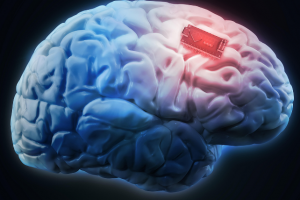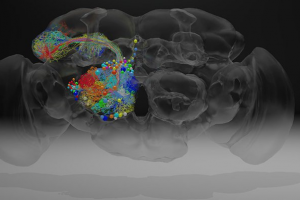Visual, sensory brain regions in autistic children may have weak links
Areas of the brain involved in processing vision are more weakly connected to those that process sensory information in autistic children than in controls, according to a new study.
Areas of the brain involved in processing vision are more weakly connected to those that process sensory information in autistic children than in controls, according to a new study.
In some autistic children, this underconnectivity tracks with fewer impairments in social behaviors.
The team focused on connections between the visual cortex and the salience network, which identifies the most important sensory information. The network includes the anterior insula, which plays a role in both sensory perception and processing information that is important for social behaviors.
The team found some differences between autistic children and controls, but they also found variations among the autistic children, indicating that no one connectivity pattern applies across the spectrum
The study adds to an increasingly complex picture of connectivity in autism. Some research has found that autistic people’s brains are overconnected in neighboring brain regions and underconnected in regions that are farther apart. But the findings have been inconsistent.
“It’s not like earlier theories stating where everything is either underconnected or overconnected,” says lead investigator R. Joanne Jao Keehn, research assistant professor of psychology at San Diego State University in California. “There definitely is a lot more to the story.”
You may find whole text here





Related Posts